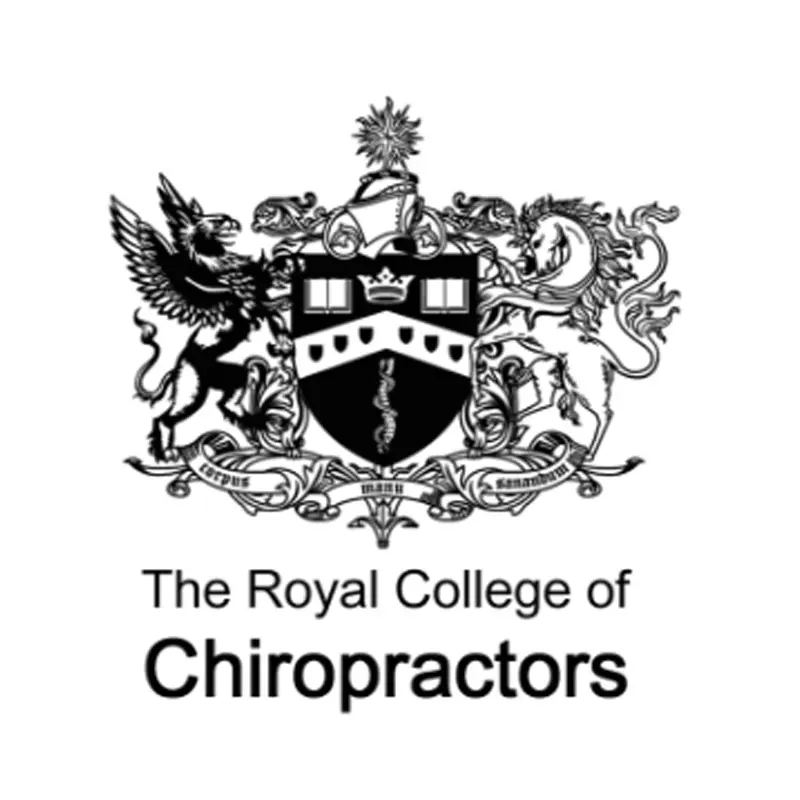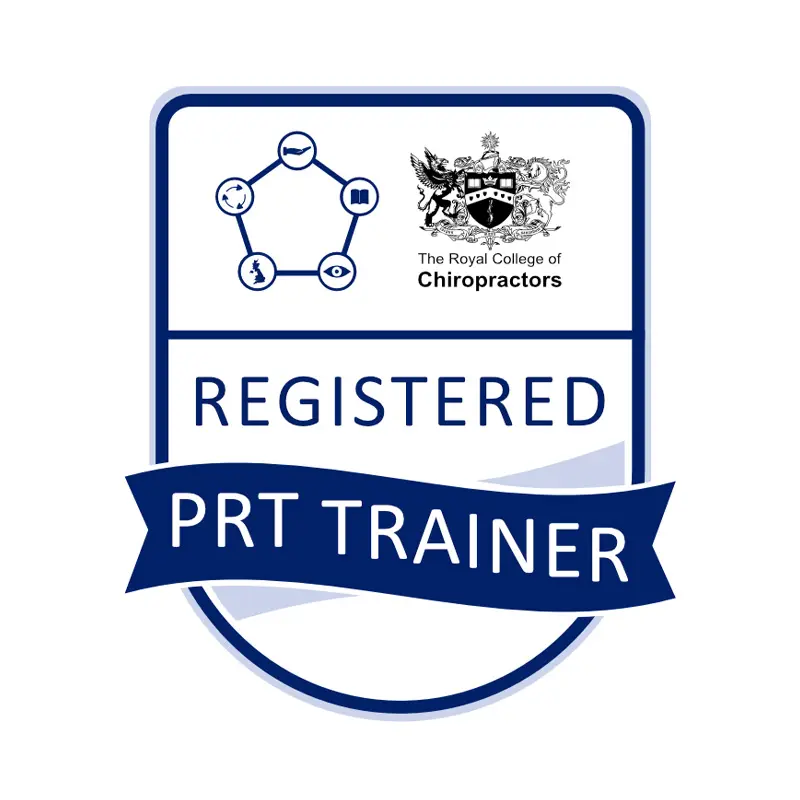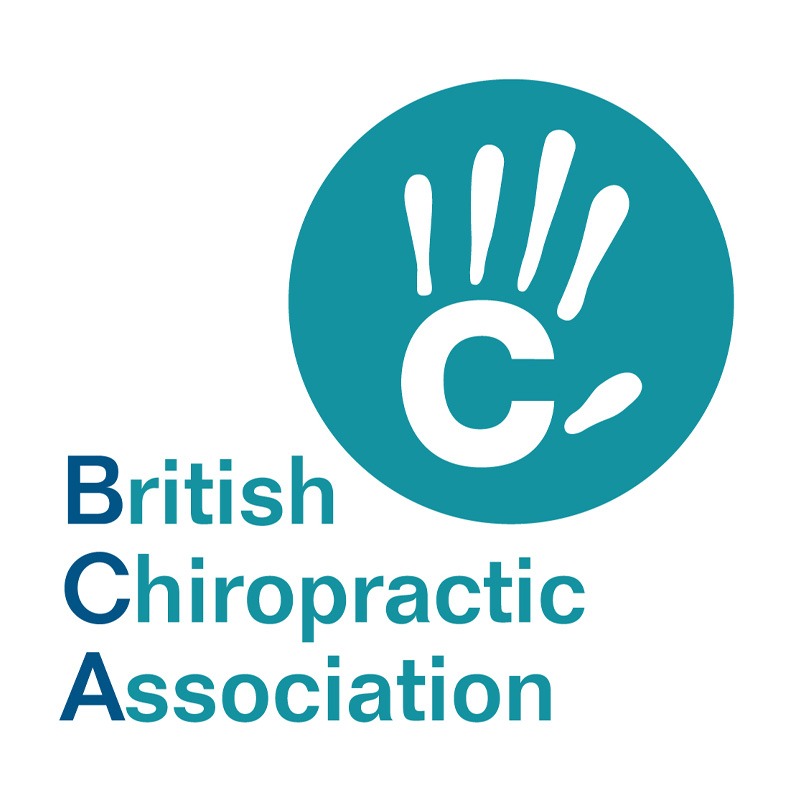Joanna Lowry-Corry outlines seven different types of back pain which affect women more than men
Chronic back pain is a condition which affects more women than men.
There are various reasons for this – differences in pelvic structure, hormonal changes and pressures on the body caused by pregnancy and childbirth are all contributing factors.
As with most conditions, the first step to easing the pain is recognising the problem. Poor spinal movement can also have a knock on effect to your health and general wellbeing. A full history and examination with a qualified chiropractor will help determine the cause of the issue and help you on your way to recovery and better spinal mobility.
Read on below for an explanation of seven chronic back pain conditions which are more likely to be suffered by women than men.
Sacroiliac joint dysfunction
The sacroiliac joint is the joint between the sacrum and the ilium bones of the pelvis, which are connected by strong ligaments.
The human body has two sacroiliac joints, one on the left and one on the right. This joint plays a crucial role within the body, acting as a shock absorber between your upper body and pelvis.
Pain in this area is known as sacroiliac joint dysfunction, or SI joint pain. Sacroiliac joint dysfunction is more common in young and middle-aged women. One of the most common causes of this condition is the pressure on the body during pregnancy.
During pregnancy, the body releases the hormone relaxin which relaxes the ligaments in the pelvis and joints, allowing more space for the baby during childbirth. Its affect on the ligaments can also continue after the birth. An accident, such as a fall, may also harm the ligaments.
What does it feel like?
SI pain is similar to sciatica with low back and leg pain. You might feel a pain down one side of your buttocks or lower back which radiates down your leg. The pain often worsens after you stand for an extended time, bend or climb stairs
Coccydynia (tailbone pain)
The coccyx or tailbone is the last bone at the bottom of the spine. Coccydynia or tailbone pain is most often caused by a strain on the coccyx or the surrounding area.
Coccydynia can affect women of all ages. Women are more likely than men to develop the condition due to pregnancy-related injuries which are often caused by pressure from the baby’s head. Other common causes include poor posture or injury due to a fall.
Coccydynia or tailbone pain can come on gradually or suddenly, following an impact to the area.
What does it feel like?
Your coccyx will be painful to the touch. Anything that puts pressure on this area such as sitting, cycling or constipation will add to the pain
Coccydynia usually goes away in weeks or months, but it can become chronic and can have an impact on everyday activities such as driving or housework.
Compression fractures linked with osteoporosis
Osteoporosis is a condition which weakens bones, making them more fragile and prone to break. As women are more prone to osteoporosis, they are nearly twice as likely as men to suffer from compression fracture.
A compression fracture is most likely to occur in the lower part of the upper back. It is caused when a bone in the spine breaks as a result of osteoporosis. This fracture usually occurs after a movement to the spine – a fall or a sneeze, for example.
Fractures usually occur at the front of the spine, where the front of the bone collapses. The back of the bone is usually not affected.
What does it feel like?
A compression fracture can cause sudden, severe back pain, although some people don’t feel any pain. It can also cause a rounded hump in the back and a loss of height.
Osteoarthritis also often plays a role in the condition, and more women when than men have osteoarthritis
Spinal Osteoarthritis
Spinal osteoarthritis is a degenerative arthritis of the spine. It most commonly occurs in the neck and lower back and is caused by the fibrous cartilage in the facet joints connecting your vertebrae to break down.
Without the cushioning provided by cartilage, your bones rub together which can lead to changes in the bones’ shape. With spinal osteoarthritis, bone spurs can develop on the vertebrae.
What does it feel like?
The symptoms of spinal osteoarthritis are variable. The pain may be felt in your upper or lower back, neck, shoulders, groin, buttocks, or back of your thighs. It can range from a dull ache to occasional flares of severe pain. The condition can also cause weakness and numbness in your legs and arms.
Spinal osteoarthritis develops gradually. It affects all ages but is more common in men until age 45 and more common in women after the age of 45.
Fibromyalgia
Fibromyalgia is a chronic condition which can cause pain and aches across the body. Because the condition has an impact on the muscles, joints, and bones, fibromyalgia is classified as a rheumatic condition.
What does it feel like?
If you have fibromyalgia, you may have pain in the upper and lower back, neck and hips. Symptoms include muscle pain, stiffness and fatigue. Pain is often felt in areas known as tender points.
Patients with fibromyalgia, may be suffering from other other common coexisting conditions which could include arthritis, anxiety and depression, restless legs syndrome, and irritable bowel syndrome.
Women are 10 times more likely to get the disease than men. Hormonal influences may play a role – fibromyalgia is most common during the years leading up to menopause and beyond, when oestrogen levels decline.
Piriformis syndrome
The piriformis muscle stabilises your hip joint and makes walking and other movements possible by enabling rotation of the thigh. Piriformis syndrome is caused when the muscle spasms and aggravates of the sciatic nerves.
Piriformis syndrome can be caused by overuse or injury, although in many cases the cause is unclear. Running or other repetitive movements can put pressure on the muscle, causing it to tighten. Professional drivers, skiers, tennis players and distance cyclists are at an extra risk for piriformis syndrome.
What does it feel like?
The pressure can trigger symptoms similar to sciatica – pain, numbness, and tingling all the way down your leg and into your feet.
Other common symptoms of piriformis syndrome include a dull ache in your buttocks, pain when climbing stairs or walking up a hill and worsening pain – usually on one side of the body – the longer you sit. Symptoms usually improve when you lie on your back.
Women are six times more likely than men to have piriformis syndrome. This is seen as being due to anatomical difference between men and women, especially in the pelvis. The tendency for the pelvis to be wider in women results in a sharper inward angle of the thigh bone. Hormonal and pelvic changes during pregnancy can also put additional stress on this area.
Degenerative spondylolisthesis
Degenerative spondylolisthesis is most likely to develop when you’re age 50 or older. The condition is due to one of your lower back vertebrae moving forward over the one below it. This movement irritates the nearby spinal nerve root and can cause pain in the lower back and legs.
What does it feel like?
Symptoms include aching or weak legs when walking or standing for long periods.
Degenerative spondylolisthesis is more common in women than men by a 3 to 1 ratio. Osteoarthritis, also more common in women, often plays a role within this condition.




